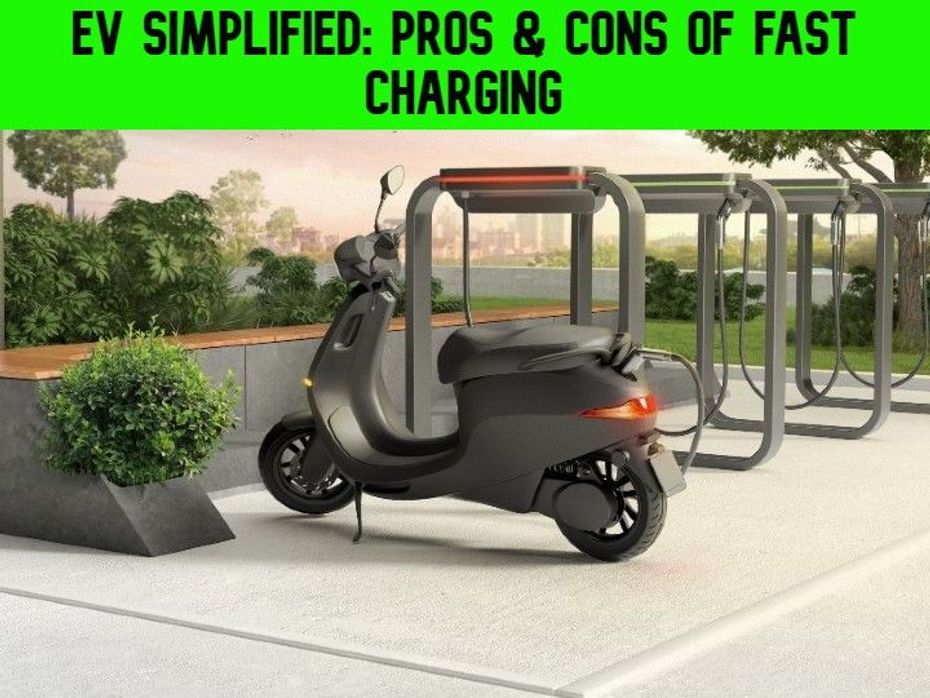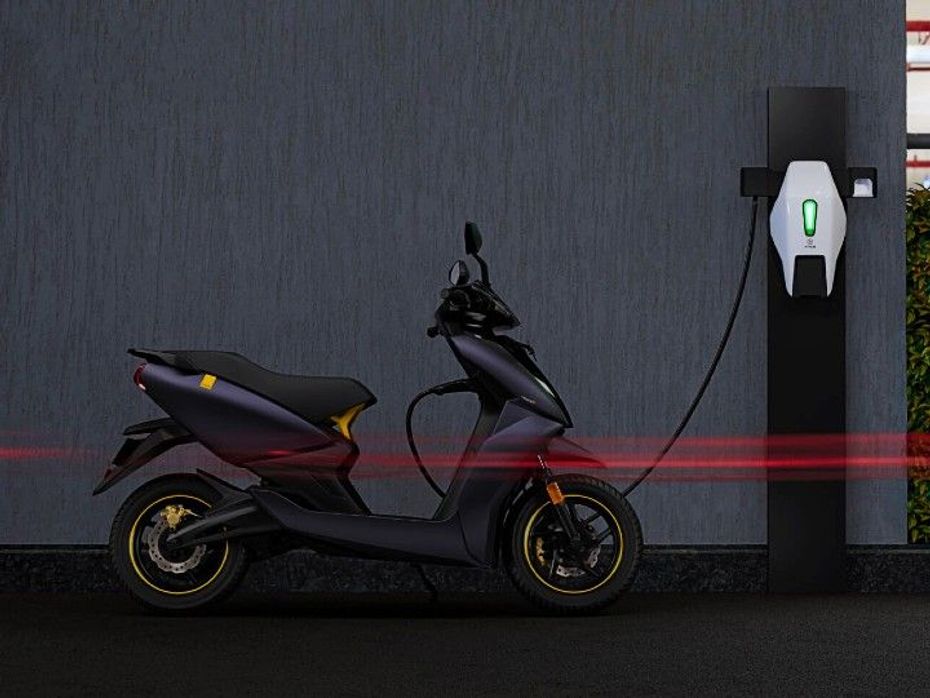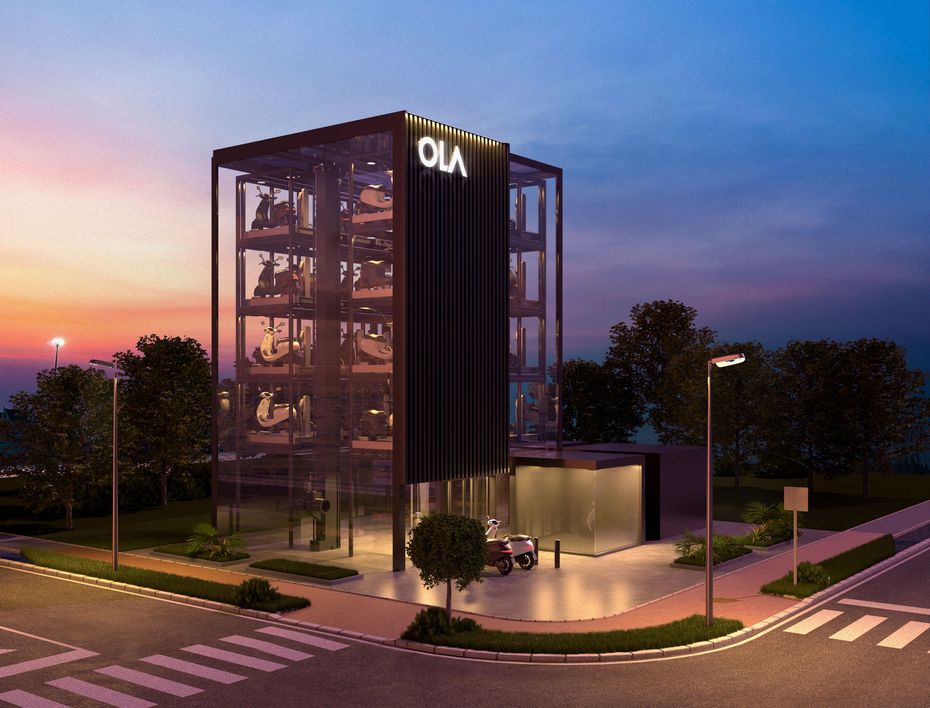
ZigWishlist: Ather 450X Pro Max And More Updates We Would Like To See
- May 16, 2022
- Views : 3830


Electric mobility is fast gaining traction in the Indian automotive space. The primary stumbling block for faster adoption of Electric Vehicles (EVs) is the down time for charging. One of the easiest methods after swappable battery technology is to use an advanced battery pack and charging system that’s capable of juicing up the battery quickly. But this fast charging technology comes with its own set of advantages and disadvantages. We explain:
Advantages:

The higher charging rates offered by fast-charging technology will help in charging the battery much quicker than conventional chargers. Compared to swappable batteries, the biggest advantage of using fast-charging batteries is that more often than not, the user will be ‘owning’ the battery pack, which, in turn, allows the user to have greater control over its charge and discharge cycles.
Ather Energy has already set up its fast charging network, called the Ather Grid, across major cities. Similarly, Ola Electric is set to have its own network called the Ola Hypercharger Network across the country. The company aims to set up as over 5,000 charging points in 100 cities in a year, and ultimately expand to as many as one lakh charging points across 400 cities. On the other hand, the upcoming Ultraviolette F77 will be using a combination of three removable batteries, along with fast charging capability.
While fast charging tech is relatively quicker, it still takes longer than simply pulling up at a petrol pump and refuelling. This is why fast chargers are often set up at shopping centres and cafes. Users tend to spend time at such places, which can also indirectly benefit such businesses.
Disadvantages:

One major drawback of fast charging technology is that the responsibility of setting up a charging infrastructure often falls on the manufacturer. Companies like Ola Electric have the necessary capital to set up a sprawling network but smaller companies will find it challenging.
Moreover, the charging system needs to be standardised so that it allows several manufacturers to use a common charging system. So far, the only company that has announced such an initiative is Ather Energy. In August 2021, the company announced that its proprietary charging connector and charging infrastructure is open to be shared with other EV makers in a bid to catalyse EV adoption, not to mention reduce consumers’ dependency on brand-specific charging networks.
The fundamental mechanism in fast charging technology is to send large amounts of electricity into the battery packs. The immediate consequence of this is heat generation, hence the battery technology, particularly thermal management will have to be efficient to dissipate heat.
Fast charging may not work well in areas of extreme heat, especially if the batteries are passively cooled. This will affect the battery’s overall life cycle negatively. Fast charging generally tends to reduce a battery’s life quicker than slow charging, so repeated usage of this technology may not be good for the battery’s health. As a consequence, users may have to replace the battery pack sooner than those who primarily use slow charging.

ZigWishlist: Ather 450X Pro Max And More Updates We Would Like To See

EV Simplified: Types of Electric Two-Wheeler Chargers

EV Tech Simplified: Battery IP Ratings Explained

The 2025 Ather 450 Put Through An Insane Track Attack Challenge...

2025 Ather 450 Incoming: Here’s What It Could Be Capable Of

Ather 450 Apex, 450X and 450S Prices To Increase From January 1, 2025

Ather Energy Announces Festive Offers for the Ather 450X And Ather...

Ather Energy Developing Two New Platforms For Upcoming Electric Bikes...
 Honda Activa e
Honda Activa e
 Ola S1 Pro
Ola S1 Pro
 TVS iQube
TVS iQube
 Bajaj Chetak
Bajaj Chetak
 Ather 450X
Ather 450X
India's largest automotive community
 Ather 450X
Rs. 1.46 Lakh
Ather 450X
Rs. 1.46 Lakh
 Ather Rizta
Rs. 1.12 Lakh
Ather Rizta
Rs. 1.12 Lakh
 Ather 450S
Rs. 1.29 Lakh
Ather 450S
Rs. 1.29 Lakh
 Ather 450 Apex
Rs. 1.99 Lakh
Ather 450 Apex
Rs. 1.99 Lakh
 Mahindra BE 6
Rs. 18.90 Lakh
Mahindra BE 6
Rs. 18.90 Lakh
 Hyundai Creta Electric
Rs. 17.99 Lakh
Hyundai Creta Electric
Rs. 17.99 Lakh
 Mahindra XEV 9e
Rs. 21.90 Lakh
Mahindra XEV 9e
Rs. 21.90 Lakh
 MG Windsor EV
Rs. 13.99 Lakh
MG Windsor EV
Rs. 13.99 Lakh
 Tata Curvv EV
Rs. 17.49 Lakh
Tata Curvv EV
Rs. 17.49 Lakh